Fetal Alcohol Syndrome Scholarly Articles
Fetal alcohol syndrome scholarly articles. Prenatal exposure to alcohol has profound effects on many aspects of fetal development. The patient participated in an applied behavior analysis ABAbased Verbal Behavior treatment program to target communication impairments and functional. Fetal alcohol spectrum disorders FASD are a highly prevalent spectrum of patterns of congenital defects resulting from prenatal exposure to alcohol.
Exposure to alcohol prenatally is the etiological cause of Fetal Alcohol Spectrum Disorder FASD a term that is used to cover a range of diagnoses including. Advancing Essential Services and Research on Fetal Alcohol Spectrum Disorders A Report of the National Task Force on Fetal Alcohol Syndrome and Fetal Alcohol Effect Olson HC Ohlemiller MM OConnor MJ Brown CW Morris CA Damus K National Task Force on Fetal Alcohol Syndrome and Fetal Alcohol Effect. Fetal alcohol syndrome FAS has been in the literature since the late 1960s.
Yet to date no detailed symptom profiles nor dedicated treatment plans are available for this population. Alcohol exposure in utero but the most severe is fetal alcohol syndrome Paley OConner 2011. It was recently estimated that approximately 100 of women in the Canadian general population consume alcohol while they are pregnant 1.
Abstract Fetal alcohol syndrome is the leading cause of mental retardation worldwide and is also the foremost preventable cause of neurobehavioral and developmental abnormalities. Fetal alcohol spectrum disorder FASD is one of the most disabling potential outcomes of prenatal alcohol exposure. Although alterations of somatic growth and specific minor malformations of facial structure are most characteristic the effects of alcohol on brain development are most significant in that they lead to substantial problems with neurobehavioral development.
In this paper we discuss those aspects of fetal alcohol syndrome relevant to the clinician. Fetal alcohol syndrome FAS currently considered part of fetal alcoholspectrum disorder FASD was first described in 19731Althoughmuch has been learned in 30 years substantial challenges remain in diagnosingand preventing this disorder. A significant number of pregnancies are alcohol-exposed in Canada.
1 growth deficiency manifested by small overall height and small head size i. Fetal alcohol syndrome FAS is a distinct constellation of characteristic facial anomalies growth retardation and central nervous system dysfunction caused by prenatal alcohol exposure. The link between alcohol use and poor pregnancy outcome may have been observed for thousands of years as described in a contribution to this issue of the journal by Brown et al.
Its clinical characteristics assessment diagnosis and prevention. Fetal Alcohol Syndrome FAS Partial FAS pFAS Alcohol-Related Neurodevelopmental Disorder ARND and depending on the diagnostic guideline Alcohol-Related Birth Defects 1 2.
Fetal Alcohol Effects and AlcoholRelated Neurodevelopmental Disorder The term fetal alcohol effects FAE is applied to children whose mothers are known to have drunk heavily during pregnancy and who exhibit some but not all of the characteristics of FAS Streissguth et al.
Yet to date no detailed symptom profiles nor dedicated treatment plans are available for this population. Fetal alcohol syndrome FAS has been in the literature since the late 1960s. Its clinical characteristics assessment diagnosis and prevention. The current case study describes the longitudinal assessment of a young child diagnosed with Partial Fetal Alcohol Syndrome and pervasive developmental disordernot otherwise specified. Fetal Alcohol Spectrum Disorder FASD is a term that encompasses a range of disorders all of which involve prenatal alcohol exposure as the etiological cause. The most serious outcome is fetal alcohol syndrome FAS the diagnosis of which is based on three criteria. 1 growth deficiency manifested by small overall height and small head size i. Fetal Alcohol Syndrome FAS Partial FAS pFAS Alcohol-Related Neurodevelopmental Disorder ARND and depending on the diagnostic guideline Alcohol-Related Birth Defects 1 2. The link between alcohol use and poor pregnancy outcome may have been observed for thousands of years as described in a contribution to this issue of the journal by Brown et al.
1 In addition to the classic dysmorphic facial features prenatal and postnatal growth abnormalities and mental retardation that define the condition approximately 80 of children with FAS have. Fetal alcohol syndrome FAS currently considered part of fetal alcoholspectrum disorder FASD was first described in 19731Althoughmuch has been learned in 30 years substantial challenges remain in diagnosingand preventing this disorder. Its clinical characteristics assessment diagnosis and prevention. Fetal alcohol syndrome FAS has been in the literature since the late 1960s. Fetal Alcohol Effects and AlcoholRelated Neurodevelopmental Disorder The term fetal alcohol effects FAE is applied to children whose mothers are known to have drunk heavily during pregnancy and who exhibit some but not all of the characteristics of FAS Streissguth et al. Diagnostic criteria for FAS include a maternal history of alcohol use along with growth retardation typical facial characteristics and some degree of CNS abnormality. Although alterations of somatic growth and specific minor malformations of facial structure are most characteristic the effects of alcohol on brain development are most significant in that they lead to substantial problems with neurobehavioral development.

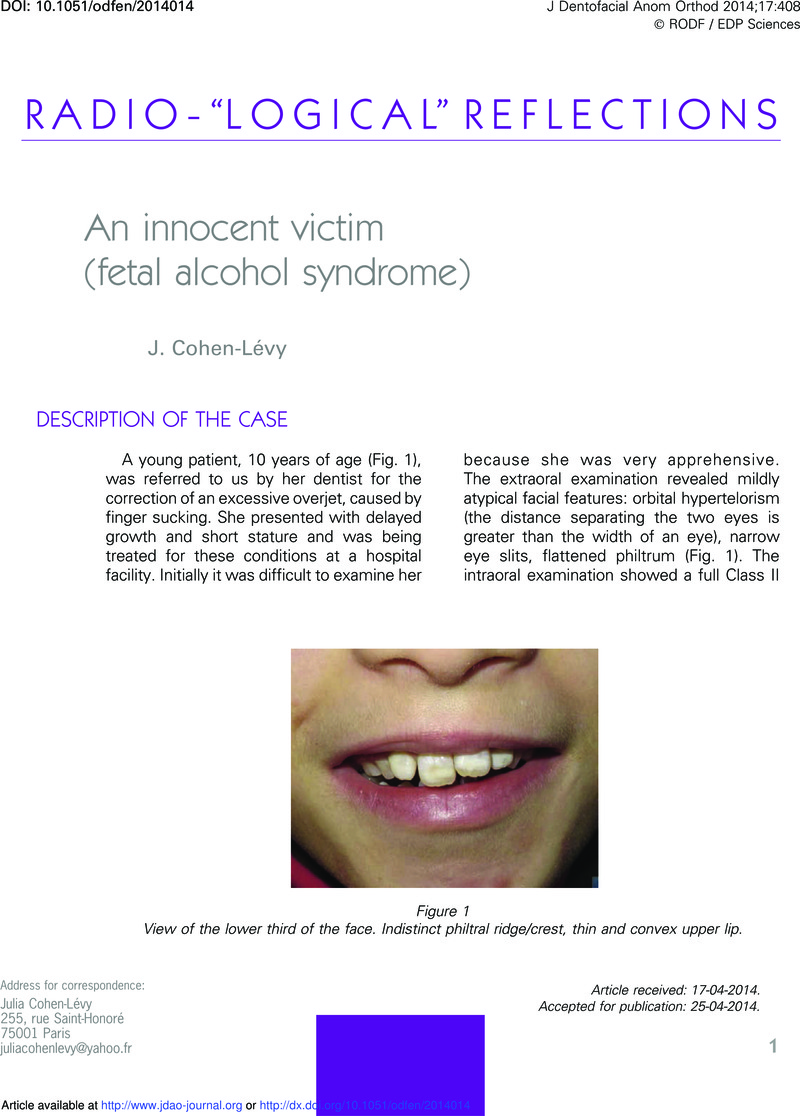











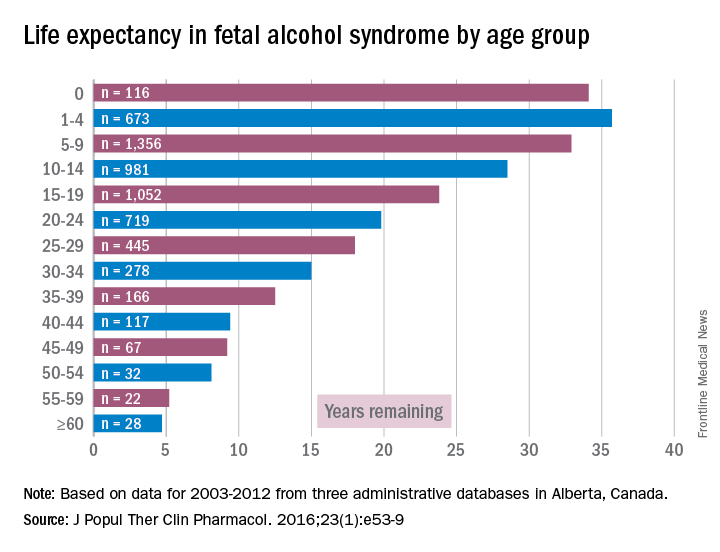

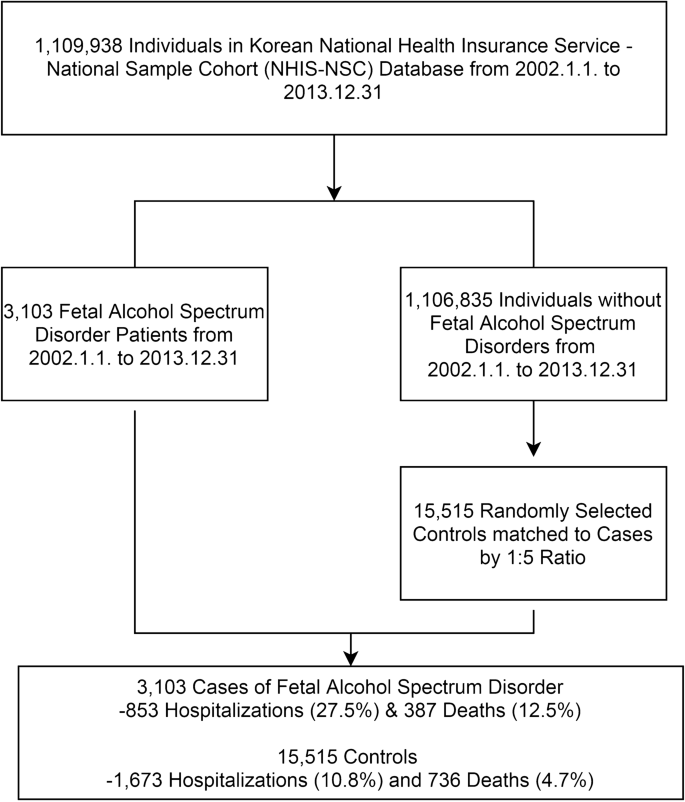
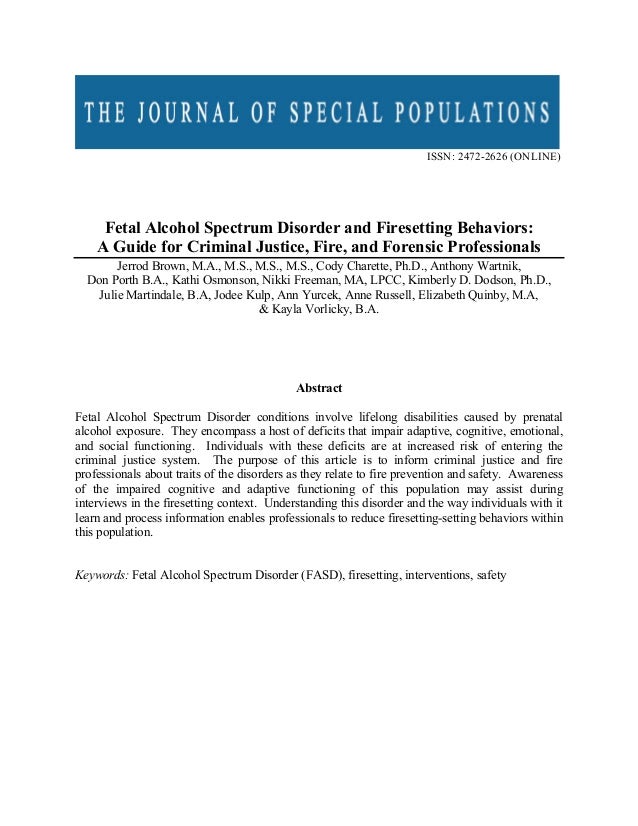

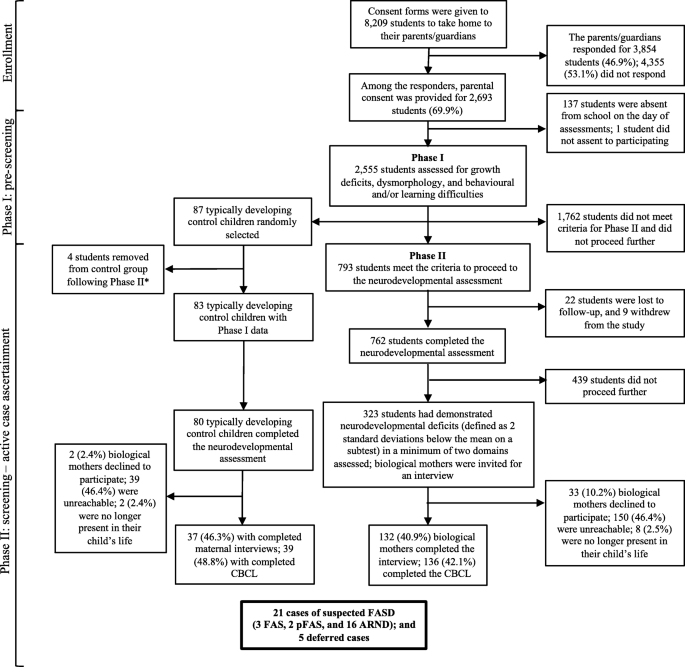




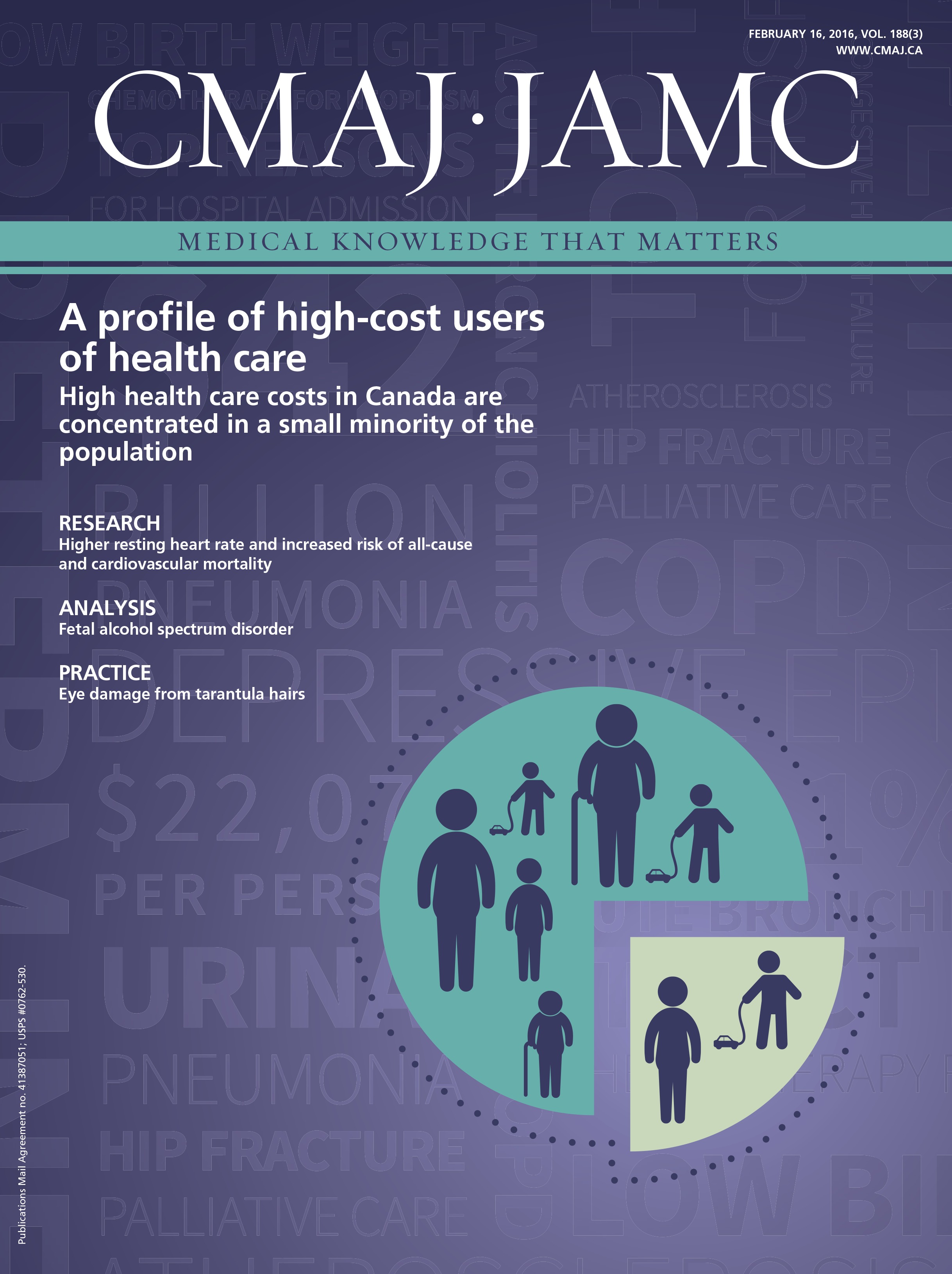

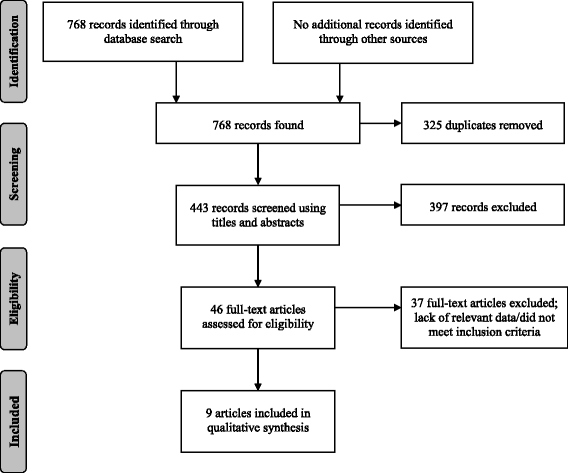







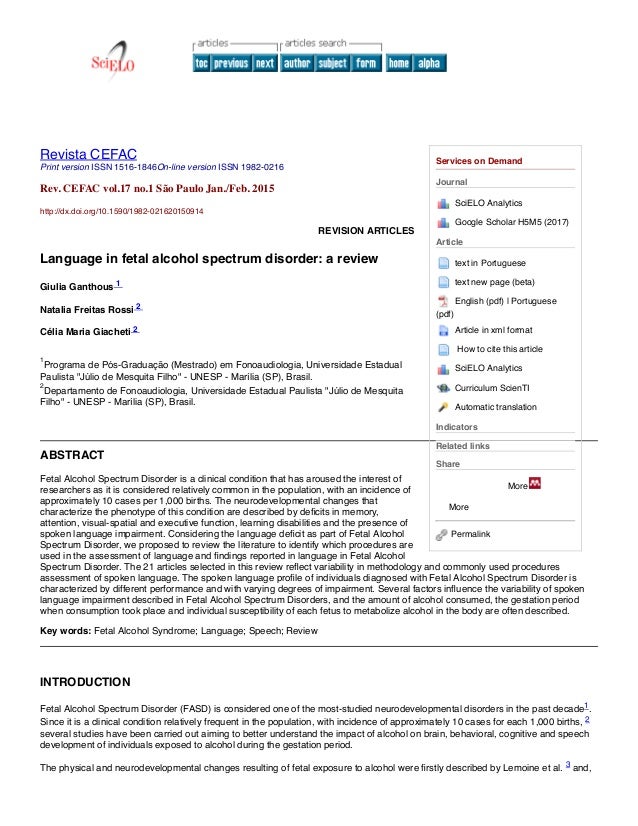



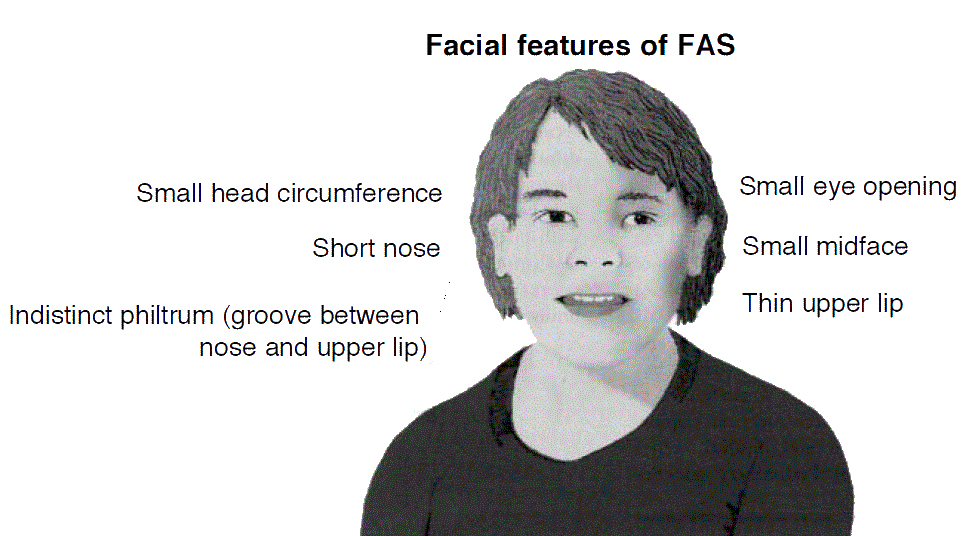
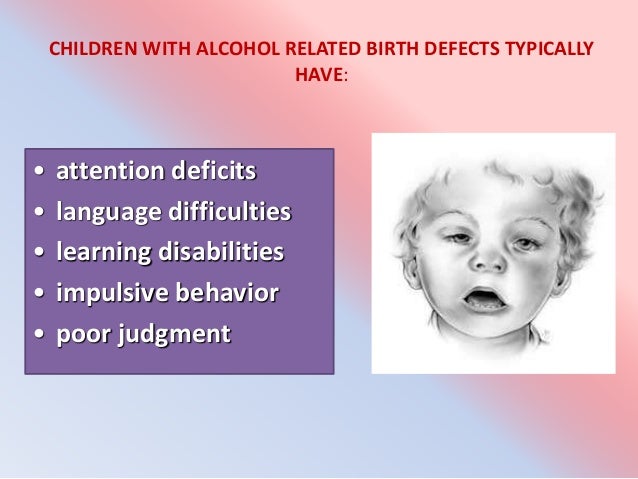


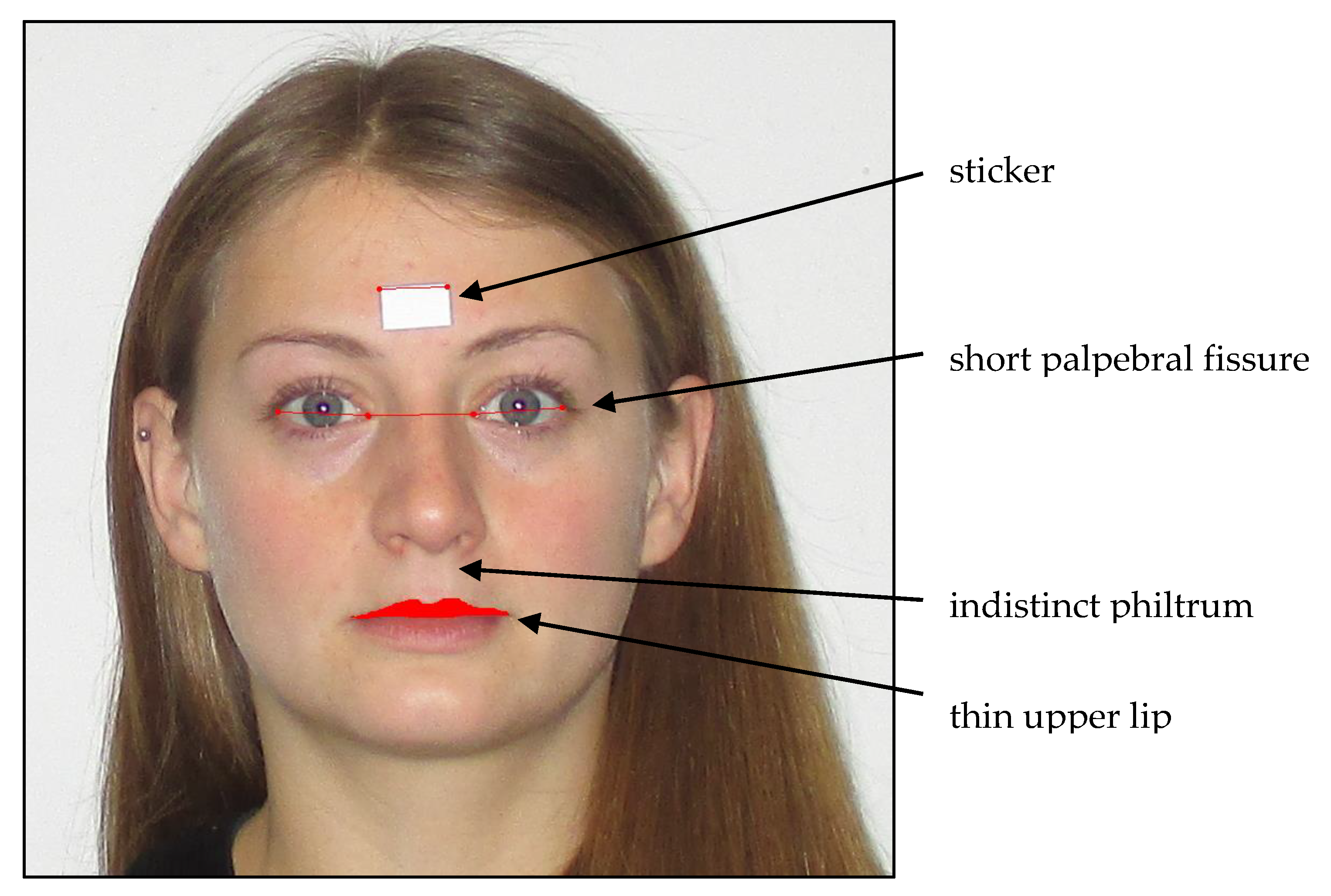
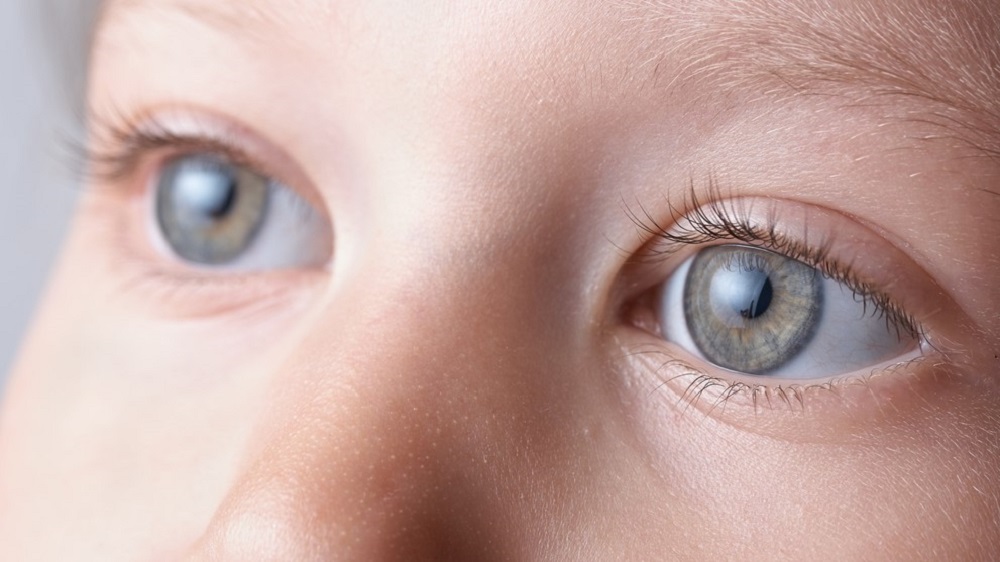
Post a Comment for "Fetal Alcohol Syndrome Scholarly Articles"